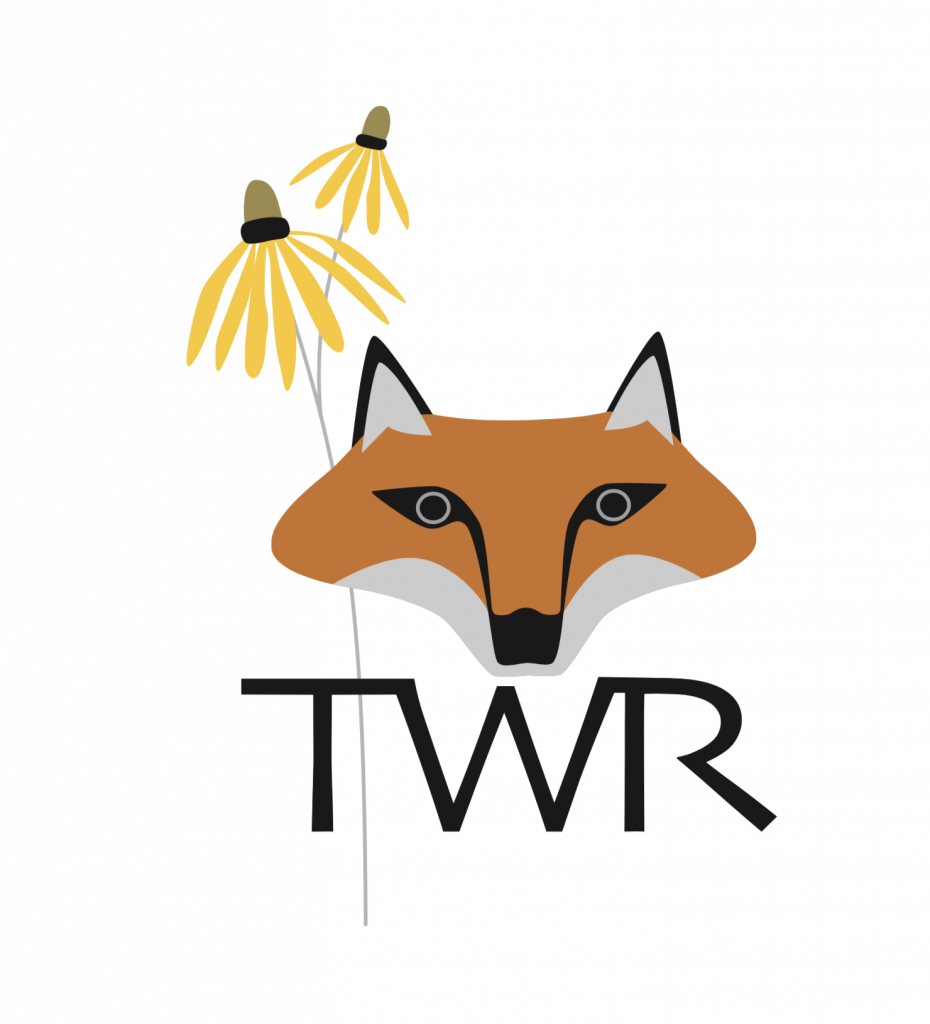By Southern Wisconsin Land Conservancy
Land Management has been an ongoing practice at Three Waters Reserve. Since the former-golf course was purchased in 2018, the land management has followed a restoration plan developed by the owner, Southern Wisconsin Land Conservancy, and other affiliated scientists. The management plan is focused on restoring native prairie, wetland and oak savanna plant communities to support native wildlife that inhabit and depend on these ecological systems.
After the fairway lawns were removed, the area was planted with the seeds of several hundred native wildflower seeds and thousands of living plant plugs. All are doing well, and visitors to the property are “wowed” by the beauty of the summer wildflower blooms resulting from the earlier plantings.

Wild Bergamot and Black-eyed Susans give way to a breathtaking burst of color in July, 2022.
While the warmer months may be the best time to enjoy the brilliant display of colors, winter is the best time to conduct certain ecological restoration tasks. Waiting until the ground is frozen and snow-covered helps prevent damage to soil and the living, established vegetation. Two types of treatments were conducted this winter to reduce the risk of non-native woody plants becoming established at TWR.
The first phase in managing these invasive saplings took place in December, 2022, and consisted of cutting each individual stem with pruning shears, then applying a treatment. Herbicide was carefully-applied to each stump using a small, handheld paintbrush to reduce the re-sprouting of the root system.
When non-native and invasive woody plants establish in a wetland or prairie, they can cast dense shade that destabilizes and stresses the soil-stabilizing native prairie, wetland grasses and wildflowers. Some invasive plant species even exude allelochemicals which suppress the growth of these native grasses and wildflowers – including preventing their seed germination while favoring enhanced invasive plant survival and growth.
These invasive plants, such as the Honey Locust and Black Locust being treated at TWR, likely first floated onto the property as seeds – carried in with spring floodwaters from the Sugar River. The seedlings were allowed to grow large enough for restoration teams to find them in the tall, native grasses and wildflower vegetation plantings, where they were then individually cut and treated.
Last weekend (February 4-5, 2023) Southern Wisconsin Land Conservancy began the second phase of treatment to manage invasive woody vegetation in the lower parts of the property. The second treatment, mowing, was conducted under the frozen-ground condition using a heavy-duty Bush Hog® Tractor.

Land-management crew member, Paul Quinn, using a heavy-duty mower to cut down stubborn woody invasives.

The snow-covered hiking trail is contrasted by the mowed zones where brush control was conducted, and areas that were yet to be mowed.
Vegetation is mowed to grind up the cut stems of the prior hand-cut invasive saplings. Mowing also reduces the height of vegetation and enables other plants to be released and quickly grow after the woody vegetation has been reduced or eliminated.

Mowing of the brush frayed the stumps of invasive plant saplings to reduce resprouting and favor planted wildflowers and prairie and wetland grasses and sedges.
Wildlife immediately began using the mowed area, according to Paul Quinn and Steve Apfelbaum, who took turns on the mower. Quinn commented, "A Red-tailed Hawk watched closely and swooped down to capture a mouse that ran ahead of the mower".
Apfelbaum observed, “Deer were grazing the area shortly after sunset, several hours after the mowing was completed. And, Monday afternoon, we watched Marsh Hawk (or Northern Harrier) favoring the mowed area for its hunting".
Early in spring, the science team will assess the readiness of the vegetation systems for the third treatment: A prescribed burn. Burns have been conducted twice over previous years and are a very effective land management tool to stimulate the growth of native plants and further discourage the growth of non-native invasive plant species. A prescribed burn is a planned but weather-dependent event, and requires precise conditions to achieve the desired ecological outcomes. If the conditions are correct, controls and safety measures will be put in place to execute the prescribed burn.

Smoke billows through century-old oaks during a prescribed burn. Burns are conducted by trained professionals, ensuring healthy trees remain unscathed by the flames.

Wildflower displays are typically encouraged and exuberant after the management treatments summarized above are implemented. Where the brush has been reduced, thus reducing competition, the underlying wildflowers and grasses flourish. We encourage hikers, bird watchers and other visitors to TWR to share the wildflowers and wildlife they observe while visiting the property.

Rare and beautiful purple-fringed orchid blooms at Three Waters Reserve for the first time in a century.
Last year, like a phoenix from the ashes, many rare plants emerged from the former land that was managed as a golf course since 1926. A Purple-fringed Orchid was the biggest surprise. But equally as impressive to find growing from the former golf fairway was Violet Bush Clover and Kittentails, two Wisconsin threatened plant species. These plants have endured as viable seeds or roots for nearly 100 years – emerging once again when the conditions they needed were restored.

